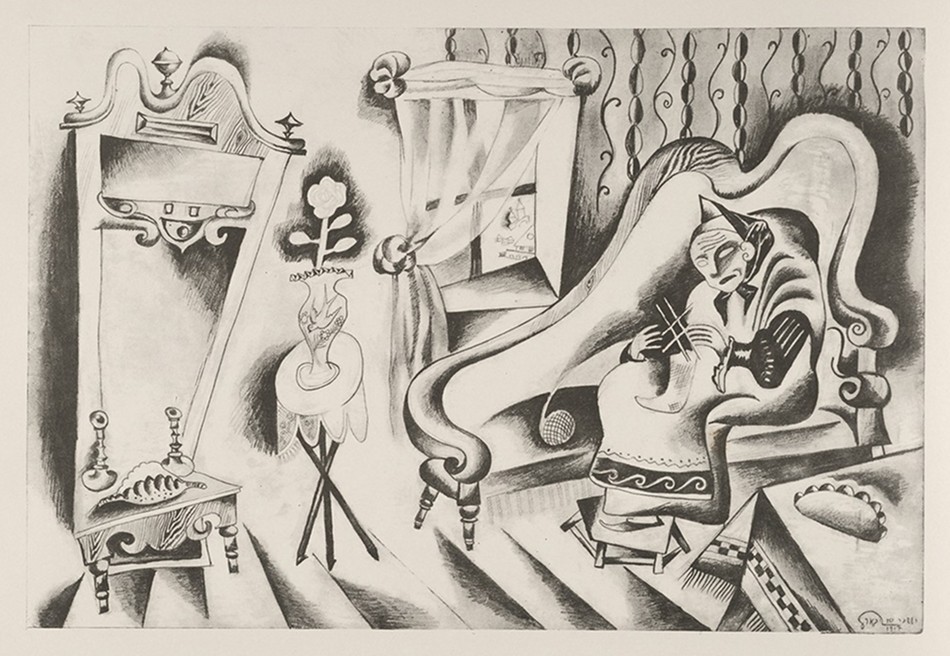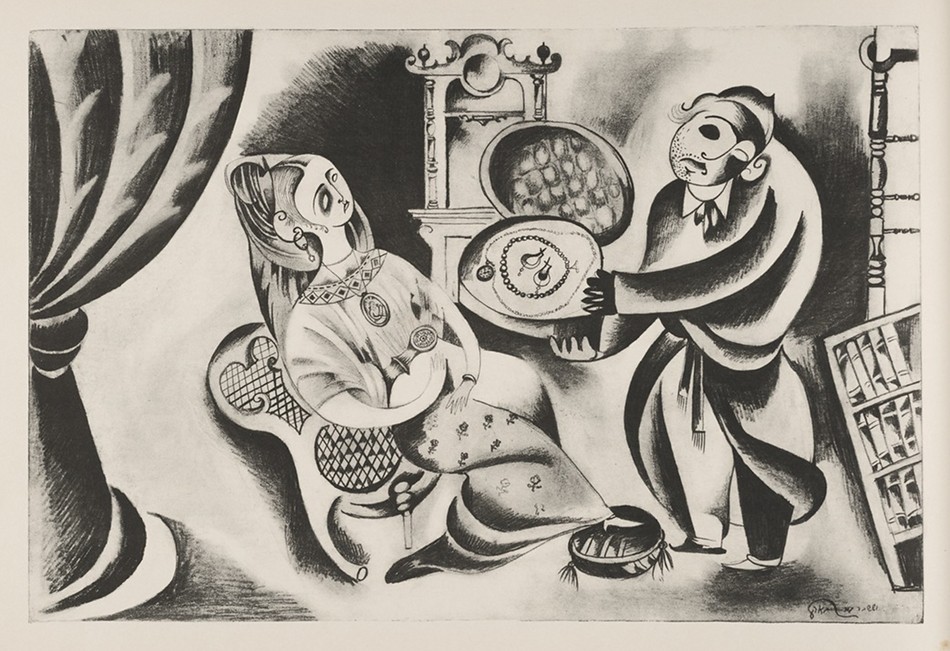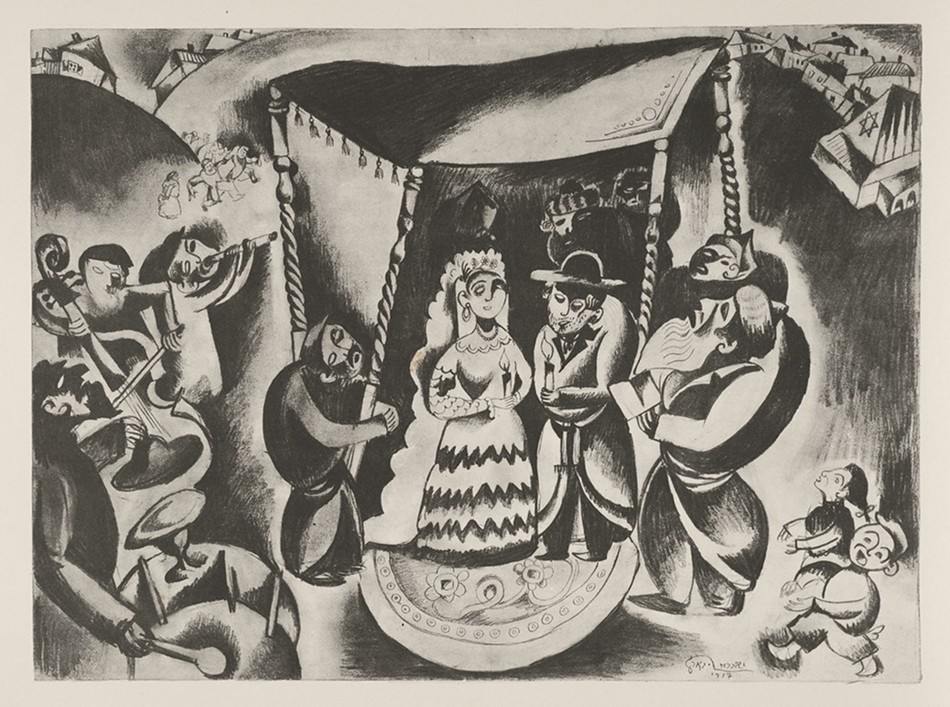Wealthy investors flock to fine art funds
By Sophia Yan
Wealthy
investors looking to diversify beyond stocks and bonds are now turning to an
unusual money-making vehicle -- the art
investment fund.
The name says
it all: These funds invest in fine art and seek returns by acquiring and
selling high-end pieces for profit.
Growth in art
investing has helped smash records for international art sales, which hit $66
billion last year. And the idea has been catching on with the very rich -- a
group that already uses collectors' items and luxury goods as investments -- in
the years following the global financial crisis.
"People
are looking at new areas to invest in, and at the moment art is one of those --
it's making people money," said Jon Reade, co-founder of Hong Kong-based
art brokerage Art Futures Group.
As with stocks,
fund managers might buy pieces they believe are currently undervalued, perhaps
from emerging artists. Funds can also buy into "blue-chip" artists --
similar to blue-chip stocks, these are top artists whose coveted works may
offer more reliable returns.
Some art
investment funds focus on investing in art from a certain region, a particular
style period, or a specific medium, such as photography.
Another
strategy is to buy in bulk, from a gallery or artist nearing bankruptcy, or to
arrange for pieces to be exhibited -- a move that can help increase value.
Fund managers
try to predict when a certain work will peak in value -- the golden moment to
sell for a profit. To accomplish this, managers track a variety of indicators
from auction houses, curators and galleries that can illuminate otherwise murky
trends.
These funds can
carry a hefty price tag -- London's Fine Art Fund Group requires a minimum
investment of $500,000 to $1 million per investor.
"It's a
very significant threshold, so it's not a fund for widows, orphans or retail
investors," said CEO Philip Hoffman. "It's purely for high net worth
and institutional type investors."
Art funds are
relatively new, and hold total assets of roughly $2 billion worldwide,
according to the Art Fund Association, an industry group. That's still tiny
compared to the $2.6 trillion hedge fund industry.
But related
businesses are already springing up to support investing in art, such as
freeports -- highly secure, tax-free places to stash fine art and other luxury
items.
Future demand
for art funds is expected to come from Asia, and especially China. Chinese
demand boosted the global art fund market by 69% in 2012 alone, according to a
Deloitte report.
Art investing
is attractive to the Chinese due to limited investment options in the country.
Plus, it promises big gains -- China's contemporary art market has gained
roughly 15% each year in the last decade, while stocks have been largely flat,
said New York University professor
Jianping Mei, the developer of a fine art index.
Critics say a
lack of regulation and the opaque nature of the market make art one of the
riskiest investment options out there. Some have even accused wealth managers
of exploiting the lack of transparency to bid up certain artists or works in
order to raise the value of their funds.
And art is not
as liquid an investment as assets such as stocks or bonds. Investors should expect
to hold pieces for years, and be prepared to absorb insurance and storage costs
during that time.
But supporters
say these characteristics make art an extraordinary and rewarding investment.
"You get
the benefit of a beautiful work of art you can enjoy on your wall," said
Diana Wierbicki, who specializes in art law at Withers. "It's also an
asset that is appreciating in value, because it's a market that's so
strong."
Art for the Pop of It: Pop art for your feet
Art for the Pop of It: Pop art for your feet: Stuti Agarwal Hand-painted shoes in vivid colours and wow designs are quite the rage among fashionistas. Legend has it that Cindere...
Shtetl, My Destroyed Home: A Remembrance (1922)
(From The Public Domian Review)
Shtetl, My Destroyed Home: A Remembrance (1922)
A selection from a set of 30 lithographs by the Russian artist Issachar Ber Ryback, dating mostly from 1917 and published in a book by the Berlin-based “Farlag Shveln”. The images depict scenes of Ryback’s home village in Ukraine before it was destroyed in the pogroms following World War I, a fate which seems ominously echoed in the torturous angles and distortions of form in which he represents the daily activities of village life. After graduating from art school in Kiev in 1916, Ryback played a key role in the Yiddish avant-garde of the Soviet Union following the Russian Revolution. After his father was murdered by Petliura’s soldiers in 1921, he fled to Germany, settling in Berlin where he became a member of the Novembergruppe and was involved in a number of important exhibitions. After a return trip to Russia, working on a set design for a Yiddish theatre and undertaking a prolonged journey through the Jewish “kolkhozes” of Ukraine and Crimea, he moved to Paris in 1926. Here he lived at the heart of the city’s vibrant artistic life – including solo exhibitions at the Galerie aux Quatre Chemins (1928) and Galerie L’Art Contemporain (1929) – until his death in 1935.
















Shtetl, My Destroyed Home: A Remembrance (1922)
A selection from a set of 30 lithographs by the Russian artist Issachar Ber Ryback, dating mostly from 1917 and published in a book by the Berlin-based “Farlag Shveln”. The images depict scenes of Ryback’s home village in Ukraine before it was destroyed in the pogroms following World War I, a fate which seems ominously echoed in the torturous angles and distortions of form in which he represents the daily activities of village life. After graduating from art school in Kiev in 1916, Ryback played a key role in the Yiddish avant-garde of the Soviet Union following the Russian Revolution. After his father was murdered by Petliura’s soldiers in 1921, he fled to Germany, settling in Berlin where he became a member of the Novembergruppe and was involved in a number of important exhibitions. After a return trip to Russia, working on a set design for a Yiddish theatre and undertaking a prolonged journey through the Jewish “kolkhozes” of Ukraine and Crimea, he moved to Paris in 1926. Here he lived at the heart of the city’s vibrant artistic life – including solo exhibitions at the Galerie aux Quatre Chemins (1928) and Galerie L’Art Contemporain (1929) – until his death in 1935.















